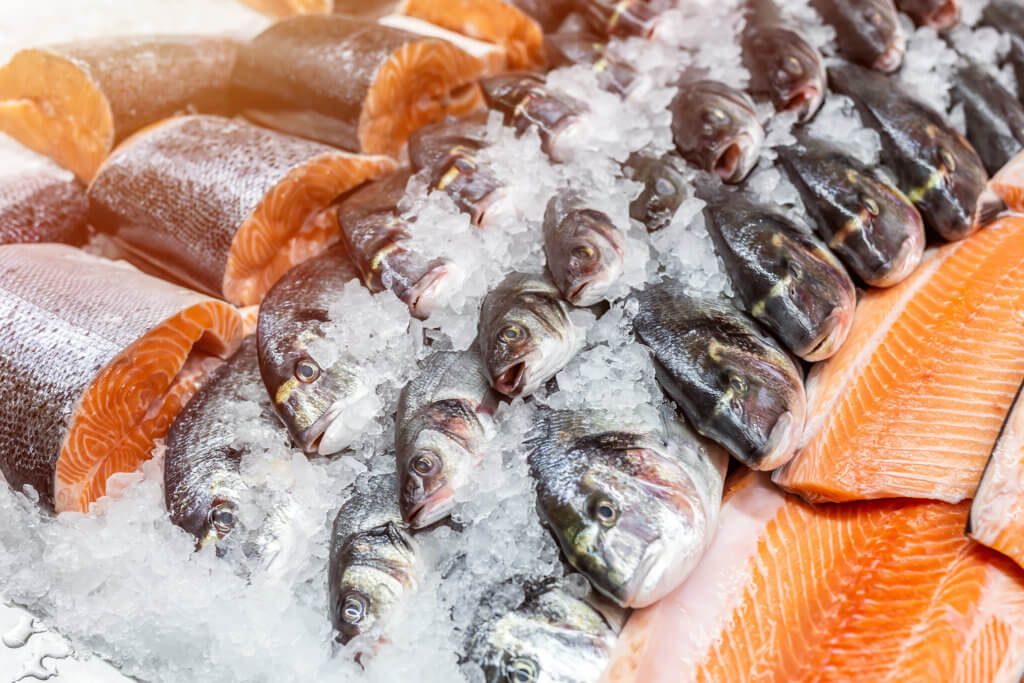HELSINKI, Finland — Eating fish “safely” may depend on the season. By studying fish in a Finnish lake, scientists say they now have a better idea of when fish are carrying high or low levels of mercury. Based on those findings, their study reveals that your best bet is to eat more fish in the fall.
There’s no argument that fish carry loads of health benefits. Fish are an excellent source of protein and omega-3. However, fish which are carrying high mercury levels could potentially poison a person.
Lakes in Finland cycle through periods of warm open water and cold ice-covered seasons, making it an ideal simulation of fish in different seasons. Mercury concentration was significantly higher in the winter among some fish. The start of warmer months in summer and autumn (when fish start mating) produced the lowest mercury levels in fish.
One reason for the changes in mercury concentration is because the cold lowers the metabolism of fish. Additionally, there is less food for fish to feed on. The number of calories and energy consumed does not meet the energy demands to grow, causing weight loss and starvation.
“Summer is the growing season of fish followed by weight loss during winter and spring spawning time” says research team leader Kimmo Kahilainen, a professor from the Lammi Biological Station at the University of Helsinki and study co-author, in a media release.

According to the authors, fish mercury in winter and spring is 30 to 40 percent higher than summer and fall. The mercury concentration differed depending on the fish species. Two examples are perch and pikeperch, two culinary staples in the area and a constant target for commercial and regional fishing. However, despite all fish species in the southern Finnish lake having higher mercury in the winter, the levels were below the fish consumption health limit (0.5 mg/kg) for mercury.
Winter is an important driver of natural cycles, though its effect on lake ecosystems is not well understood. Braving the frigid temperatures is a challenge for researchers out in the field and the unstable surfaces in low light make it a dangerous expedition.
“Our findings in perch and pikeperch, more frequent boreal mercury monitoring in wild fish during winter should be considered due to their higher concentration,” says Alex Piro, a doctoral researcher at the University of Helsinki and lead author of the study. “When considering the human nutrition and fisheries management perspectives, the sustainable solution would be to consider limiting the fishing near the spawning time.”
The study is published in the journal Environmental Research.
You might also be interested in:
- Best Fast Food Fish Sandwiches: Top 5 Drive-Thru Bites Most Recommended By Experts
- Fountain of youth? African killifish may be key to reversing the aging process
- Healthiest Fish: Top 5 Most Nutritious Catches Recommended By Health Experts

